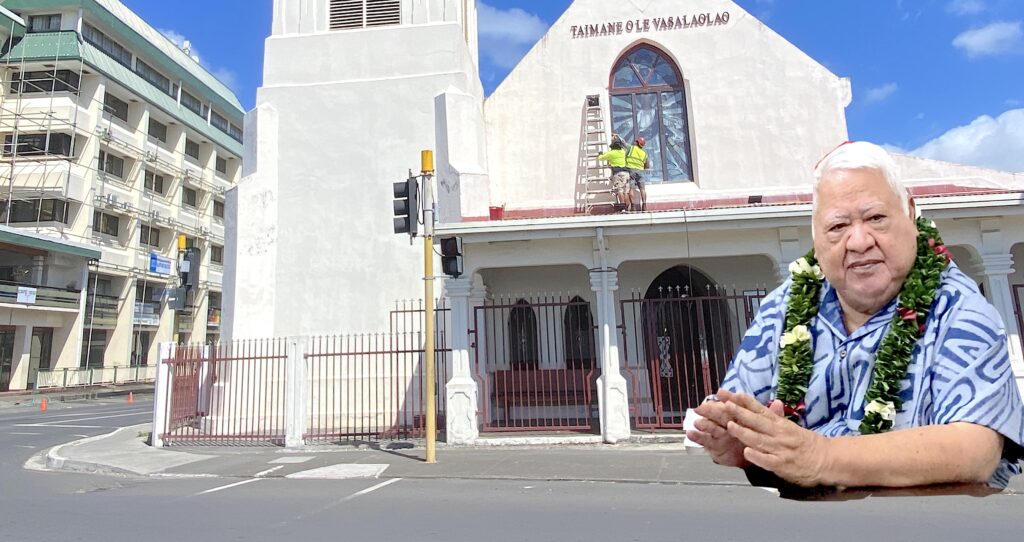
There is a famous story about a young World Bank Economist who had just arrived in the Pacific.
Before starting work, he decided to ask his more experienced expatriate colleagues for advice on working in the region.
He was directed to speak to an ADB veteran, who wholeheartedly shared his love for the Pacific and its people, describing them as especially agreeable and cooperative.
A few months later, however, the young man returned to report a completely different experience to the ADB veteran.
Frustrated and confused, the young man confessed his exasperation with Samoans, complaining that they had completely rewritten his project proposal upon arrival.
To his surprise, the old ADB veteran burst into laughter.
‘Young man, let me tell you a story…
‘Have you seen those corrugated iron sheets that they use to build roofs in the Pacific?
When those iron sheets first arrived from the factory, most of the Islanders used them exactly as designed.
This is why every home in the Pacific has flat iron roofs, just as intended.
But in Samoa, did you notice anything peculiar about the shape of their corrugated iron roofs?’
The young man thought for a moment before replying. ‘Yes, actually, many of their corrugated iron roofs are rounded!’
Smiling, the old man nodded. ‘Samoans are the only people that would bend iron to build rounded roofs like their traditional fales. That, my friend, is all you need to know about the Samoans!’
New Zealand and the United Nations recognized these characteristics of our people, and eventually granted Samoa’s Independence in 1962 as a test case for many Countries in the Pacific, Caribbean, Africa and Asia under the UN Trust Territories Control.
In the decades following the economic ruin of the 70s and early 80s, Samoa under the Human Rights Protection Party had built an international reputation for forging its own way.
Under HRPP leadership, we remained fearless in our pursuit of what was best for Samoa and her people.
Many Pacific Island nations followed our lead.
During this time, HRPP never surrendered or accepted that the status quo should be good enough for our people.
International donors and business partners respected and understood that all proposals brought to Apia would be tailored to suit the needs of our country.
In the face of adversity, HRPP continues to challenge those who shockingly uphold that the Fa’a Palagi must reign supreme.
At the end of the day, HRPP has never been afraid to fight for the unique needs of the Samoan people in the context of our culture, on either the international or national stage.
We are Samoa, and we will bend iron to build a roof protecting our indigenous culture, traditions, and the Fa’a Samoa.
Tuilaepa Sailele Malielegaoi

Leader of HRPP